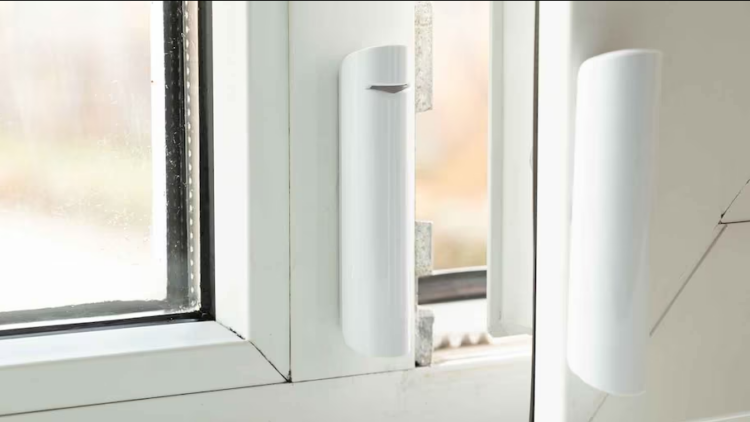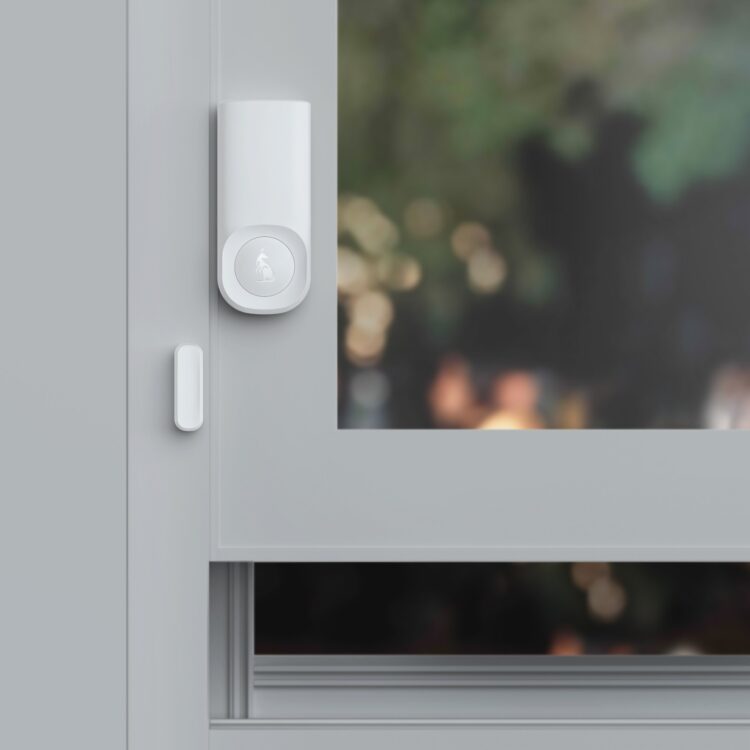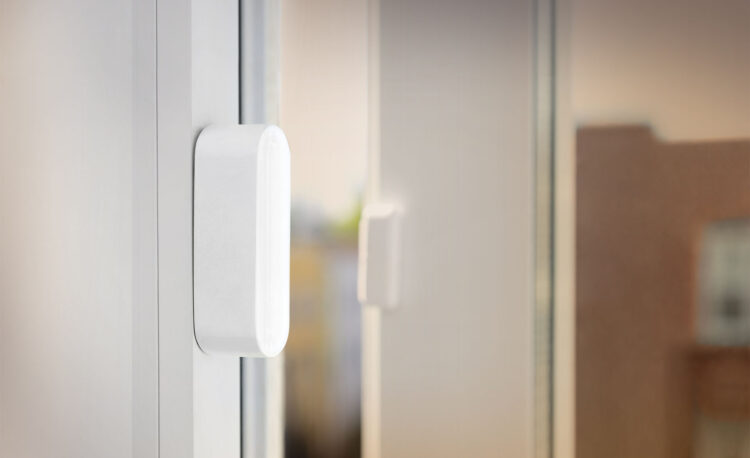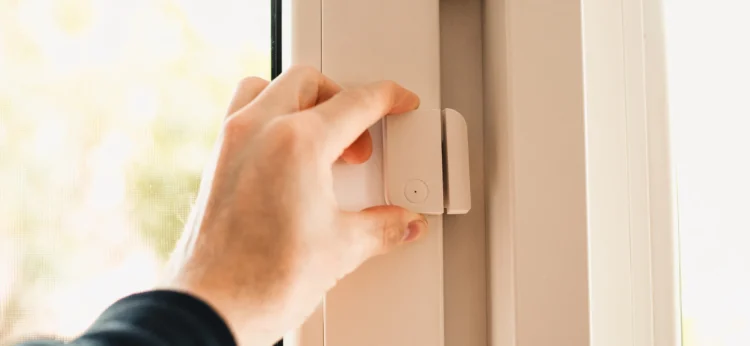Have you ever heard of a window alarm? If not, you are in good company. The concept of the window alarm is rather new. In fact, a window alarm isn’t a single device. It is actually a collection of devices designed to beef up windows so that they are less prone to burglary attempts.
Home security companies have addressed windows for decades. Today, making windows more secure with a variety of sensors is still common practice in the home security industry. So what’s the idea behind the window alarm? It’s really about encouraging homeowners to install three types of sensors that, when combined, make windows more secure.
The three types of sensors are:
- Contact sensors
- Broken glass sensors
- Motion sensors
You can read all about them in this fantastic post from Vivint Home Security. Needless to say that Vivint encourages its customers to utilize all three sensor types. But even one type is better than leaving windows completely unprotected.
The Contact Sensor

The tried-and-true contact sensor is one of the oldest sensors in home security. This is a magnetic, two-piece sensor that attaches to both window sash and frame. The pieces are installed side-by-side so that they make contact when the window is closed.
A contact sensor remains deactivated as long as the two pieces stay in contact. Breaking contact activates the sensor. So when connected to a home security system, an activated sensor sends an alarm.
This is the whole point of putting them on the windows. If someone opens a window while the system is armed, breaking contact on the sensor will trigger the system.
Incidentally, contact sensors are also used on doors. Both sliding doors and traditional hinged doors can be protected with contact sensors. They are considered the baseline sensor for home security.
The Broken Glass Sensor
What if a burglar looks through a window and notices a contact sensor? He may decide to break the window instead. Home security companies figured that out a few years ago and began designing broken glass sensors. Also known as break glass sensors, they are built to monitor for the frequency of breaking glass.
Like just about everything else, breaking glass creates a unique sound. A broken glass sensor recognizes that sound and sends an alert to the security system’s hub. That way, a burglar thinking he will get around contact sensors by breaking glass will still be discovered.
Installing both contact and broken glass sensors on all first-floor windows goes a long way toward improving security. But there is still a third sensor to consider: the motion sensor.
Motion Sensors Around Windows

The motion sensor does exactly what its name implies. Motion being detected will alert the security system to a potential problem. A monitoring company or the homeowner can decide what to do from there.
Placed near or around windows, motion sensors can alert a homeowner to a potential problem before glass is broken or a window is pried open. When combined with video cameras, motion sensors give homeowners more evidence that something bad could be about to unfold. They can alert homeowners right away.
The one caveat with motion sensors is issues related to sensitivity. An overly sensitive motion detector can send too many alerts that are ultimately false alarms. So when using motion sensors around windows, they have to be fine-tuned right to that sweet spot of sensitivity.
Going Beyond Sensors

Protecting windows with all three types of sensors makes a lot of sense. But it is not wise to rely exclusively on the sensors alone. The smart money dictates taking additional steps to safeguard against unauthorized window entry. That starts with beefing up window locks.
Factory window locks are not known for being the most secure. Therefore, it’s a good idea to install auxiliary track locks or deadbolt locks. Double hung windows should be secured with separate locks on each sash.
For the record, a deadbolt for a window works exactly the same way as its counterpart for a door. The lock itself is mounted directly on the window sash. A hole is drilled into the window frame to accept a sliding bolt. You lock and unlock the device the same way you would a traditional deadbolt. By the way, these are keyed locks.
Other strategies for securing windows include:
- Landscaping – Installing thick, dense, and thorny shrubbery can be a great deterrent to unauthorized window access. Certain types of plants are remarkably effective as well.
- Lighting – Motion sensitive lighting capable of illuminating otherwise dark windows can help protect a home during the overnight hours. Remember that burglars don’t want to get caught. Lights are a good way to stop them in their tracks.
- Shades – Keeping the shades drawn in unoccupied rooms stops burglars who would peek through windows to see whether someone is home. Keeping the shades drawn also prevents burglars from seeing what they might steal.
- Security Windows – Installing security windows in specific areas, like the basement, can completely prevent access. A burglar will not be able to break in through a block window installed in the basement.
The more things a homeowner can do to protect against unauthorized entry, the better. True security isn’t about a single device or strategy. Instead, it is about identifying weak spots and then combining as many strategies as possible to strengthen them.
Beef Up Your Windows

Now you know what a window alarm is. Perhaps you could make your home safer by embracing the concept. Only you can decide that, but window alarms tend to be a pretty good idea for most homes.
You can beef up your windows with DIY securing devices or go with a complete security system from a company like Vivint. Either way, beefing up your windows makes it harder for a criminal to get into your home without being detected. That’s what it’s all about. Make life as hard as possible on criminals and you have the advantage.

